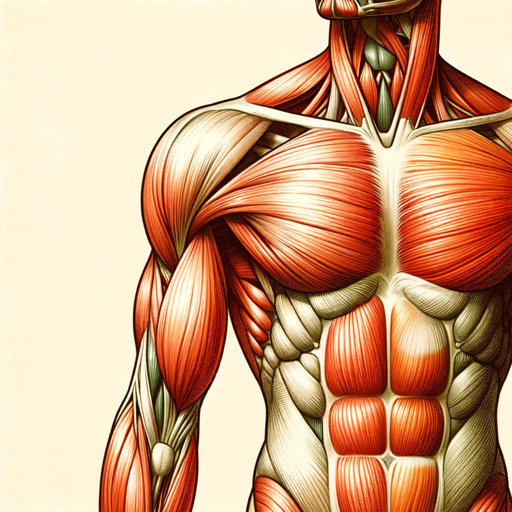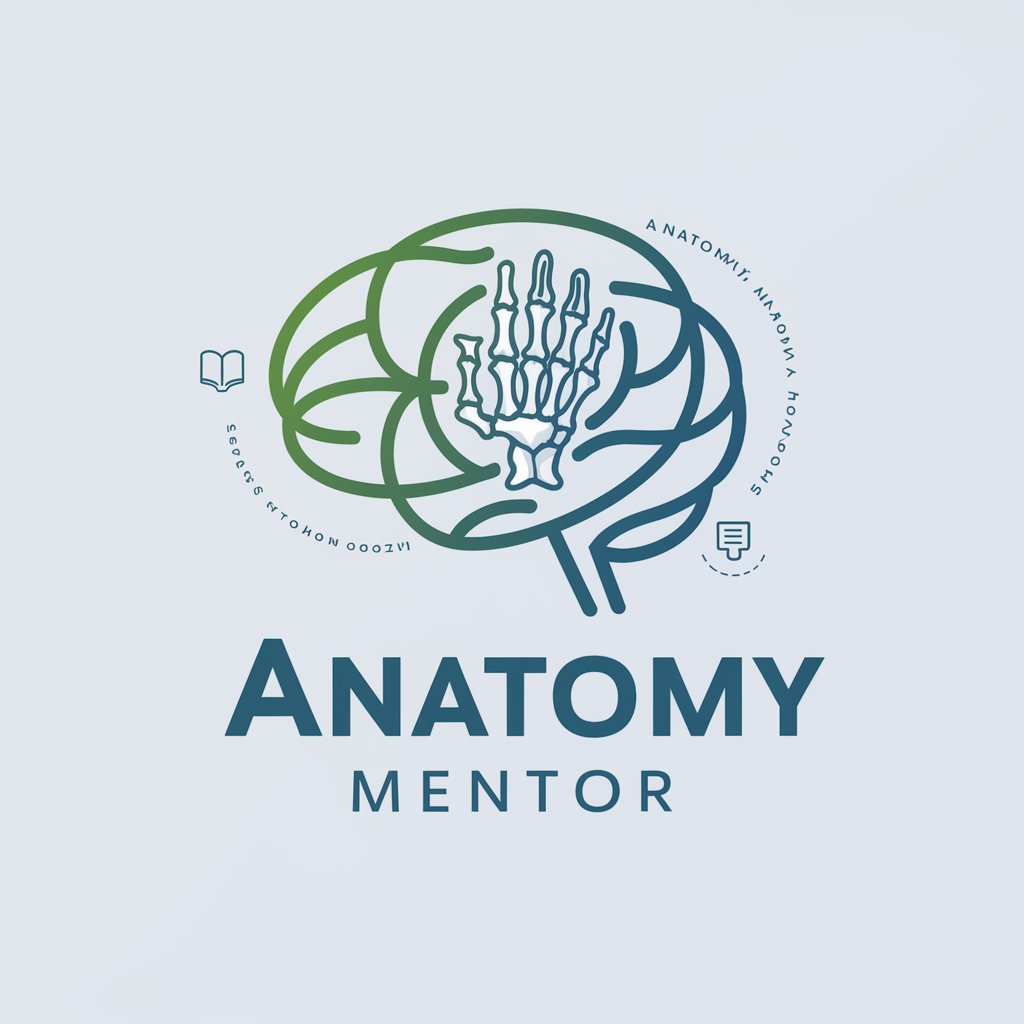
Clinical Anatomy - Clinical Anatomy Resource
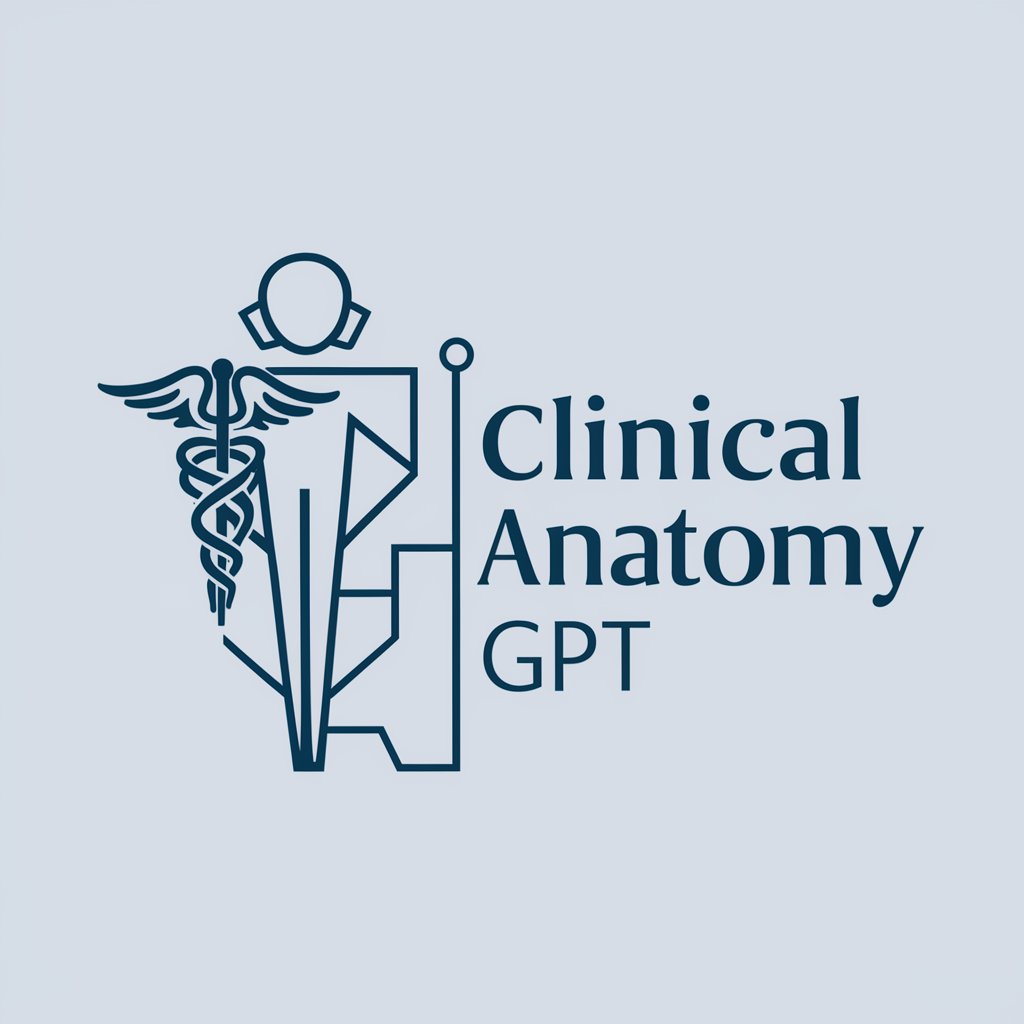
Welcome! How can I assist with your anatomy questions today?
Deciphering anatomy for clinical excellence
Explain the anatomical differences between...
Describe the blood supply to the...
Outline the surface anatomy landmarks for...
Discuss the clinical significance of the...
Get Embed Code
Introduction to Clinical Anatomy
Clinical Anatomy focuses on the detailed, precise study of the human body in a medical context, emphasizing the relationships between structures and their relevance to diagnosis and treatment. It bridges the gap between basic anatomical knowledge and its clinical application, offering a deeper understanding of how the human body's structure affects function and disease management. This field is essential for diagnosing diseases, performing surgeries, and developing treatment plans, as it provides a comprehensive understanding of body structures (bones, muscles, organs, and vessels) and their spatial relationships. For instance, understanding the anatomical layout of the abdominal organs is crucial for surgeries such as appendectomies or for diagnosing appendicitis based on the location of pain and tenderness. Powered by ChatGPT-4o。

Main Functions of Clinical Anatomy
Diagnosis of Diseases
Example
The knowledge of anatomical variations in the sinus region helps in diagnosing sinus infections accurately.
Scenario
In diagnosing sinusitis, an understanding of the unique anatomical variations of the sinus region, such as the presence of extra sinus cavities or unusual drainage pathways, enables clinicians to interpret radiographs more accurately, ensuring precise treatment.
Guidance for Surgical Procedures
Example
Detailed knowledge of the anatomy of the biliary tree is vital for gallbladder surgery.
Scenario
During a cholecystectomy (gallbladder removal), surgeons must navigate around the biliary tree carefully to avoid damaging vital structures like the common bile duct. Understanding its anatomy prevents postoperative complications, such as bile leaks or injury to adjacent organs.
Innovations in Medical Procedures
Example
Anatomical insights into the vascular system have led to advancements in minimally invasive surgery, such as endovascular aneurysm repair.
Scenario
The development of endovascular techniques for repairing abdominal aortic aneurysms relies on detailed knowledge of vascular anatomy, allowing surgeons to perform the procedure with precision, reducing recovery times and risks associated with open surgery.
Ideal Users of Clinical Anatomy Services
Medical Students and Educators
Students gain foundational knowledge crucial for their future clinical practices, while educators use anatomical principles to teach the complexities of the human body, preparing the next generation of healthcare professionals.
Healthcare Professionals
Surgeons, general practitioners, and specialists utilize clinical anatomy to diagnose conditions, plan and execute treatments and surgeries, and understand patient variations for personalized care.
Researchers in Medical Science
They apply anatomical knowledge to explore new treatments, understand disease mechanisms, and develop medical devices or surgical techniques, thereby advancing healthcare.

Using Clinical Anatomy
1
To start with Clinical Anatomy, access yeschat.ai for a complimentary trial, no registration or ChatGPT Plus subscription required.
2
Familiarize yourself with the book's structure and contents. Review the table of contents to understand the different anatomical regions covered.
3
Identify your specific area of interest or the anatomical region you need to study. Use the book’s index to find the relevant pages.
4
Study the detailed illustrations and clinical notes that accompany the anatomical descriptions to gain a practical understanding of the subject.
5
Utilize the glossary of eponyms and the index to clarify terms and cross-reference information within the book for a comprehensive understanding.
Try other advanced and practical GPTs
Clinical Career Compass
Navigate Clinical Careers with AI
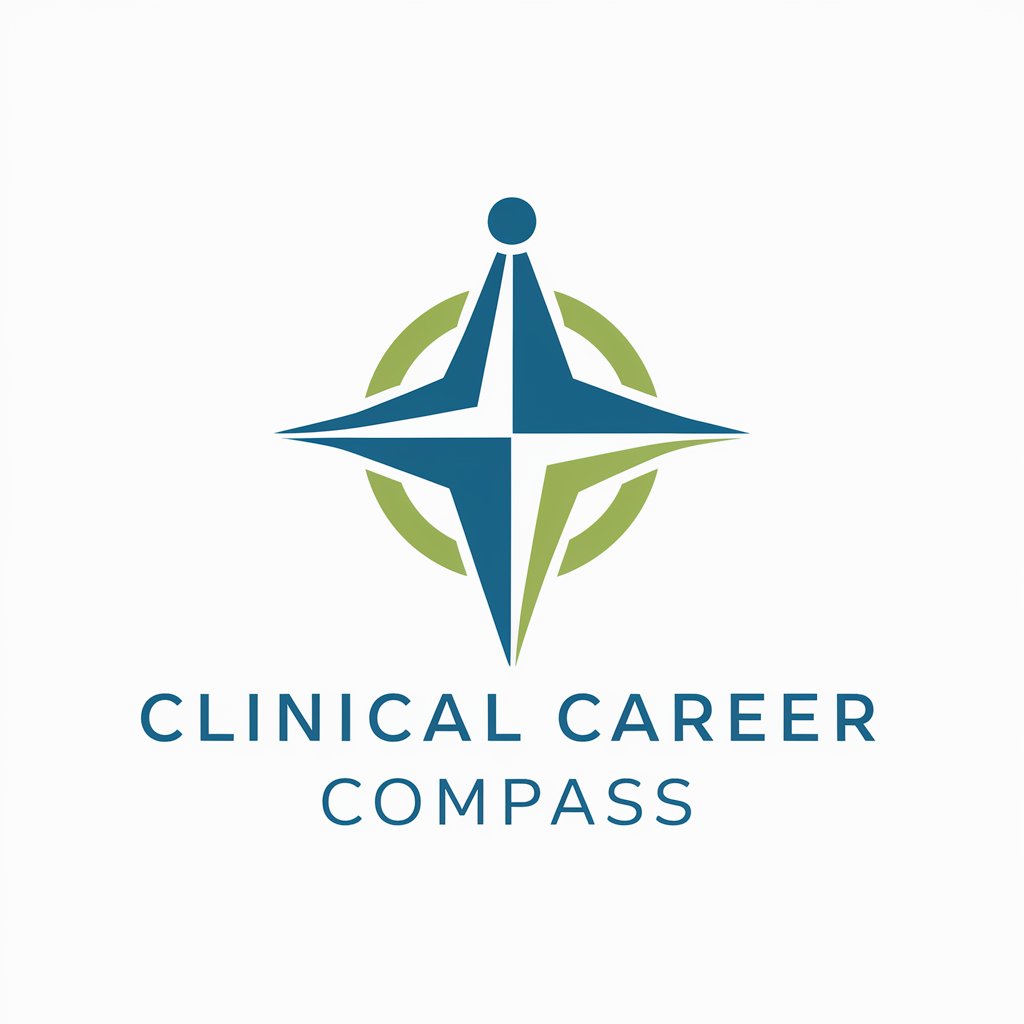
Clinical Manager
Streamlining Healthcare with AI
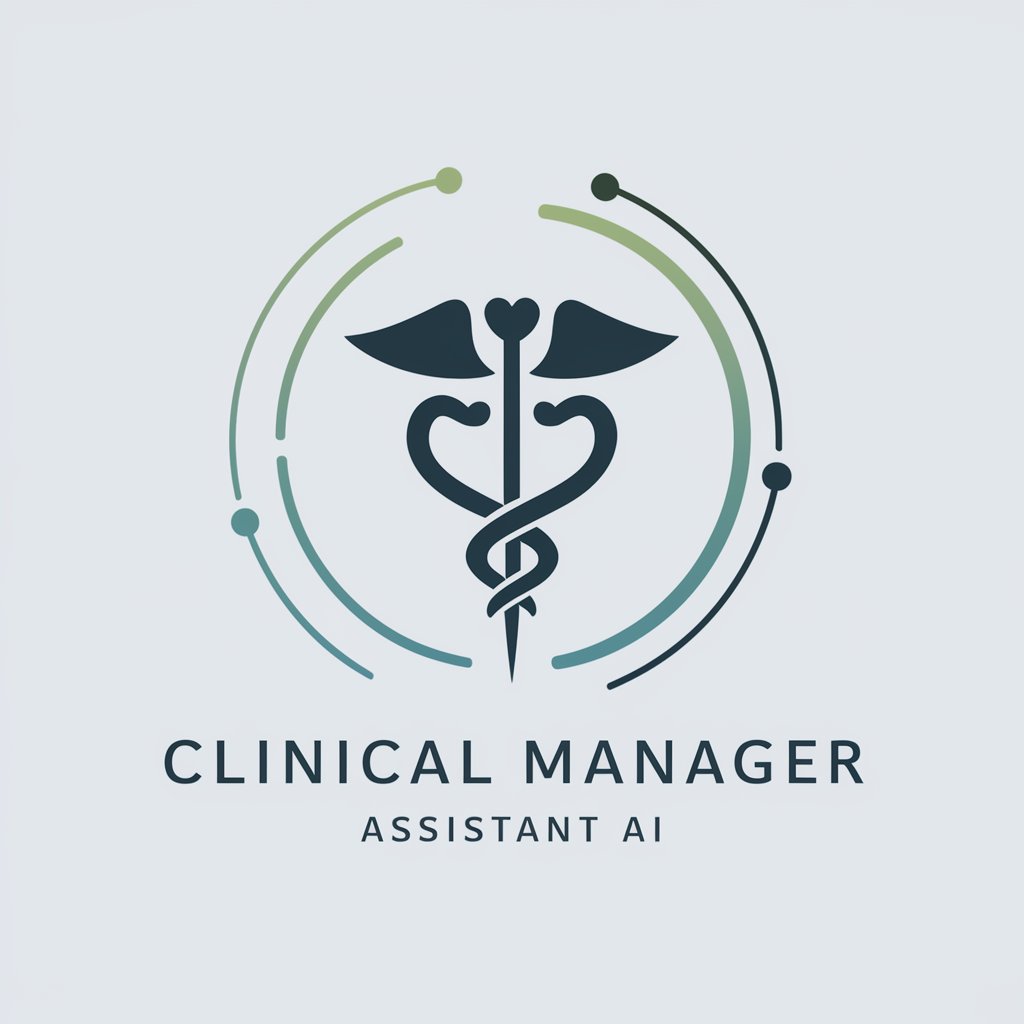
Injection Molding Troubleshooter v2.0
Optimize molding with AI-driven insights.
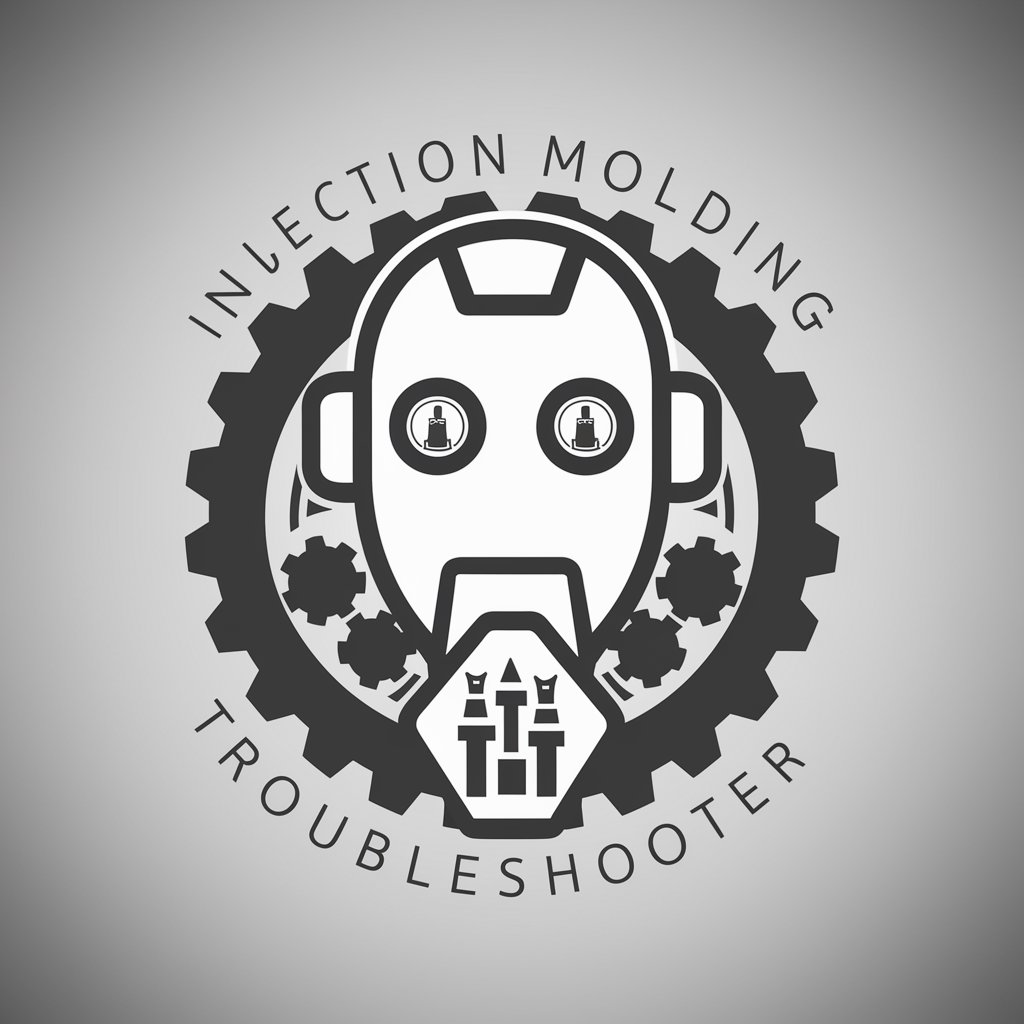
Hospital Infection Research Assistant
AI-powered insights into hospital infections and antibiotic resistance

Prompt Injection Defender
Guard Your GPTs Against Unwanted Intrusions.

Expert Injection Molding
Empowering injection molding with AI
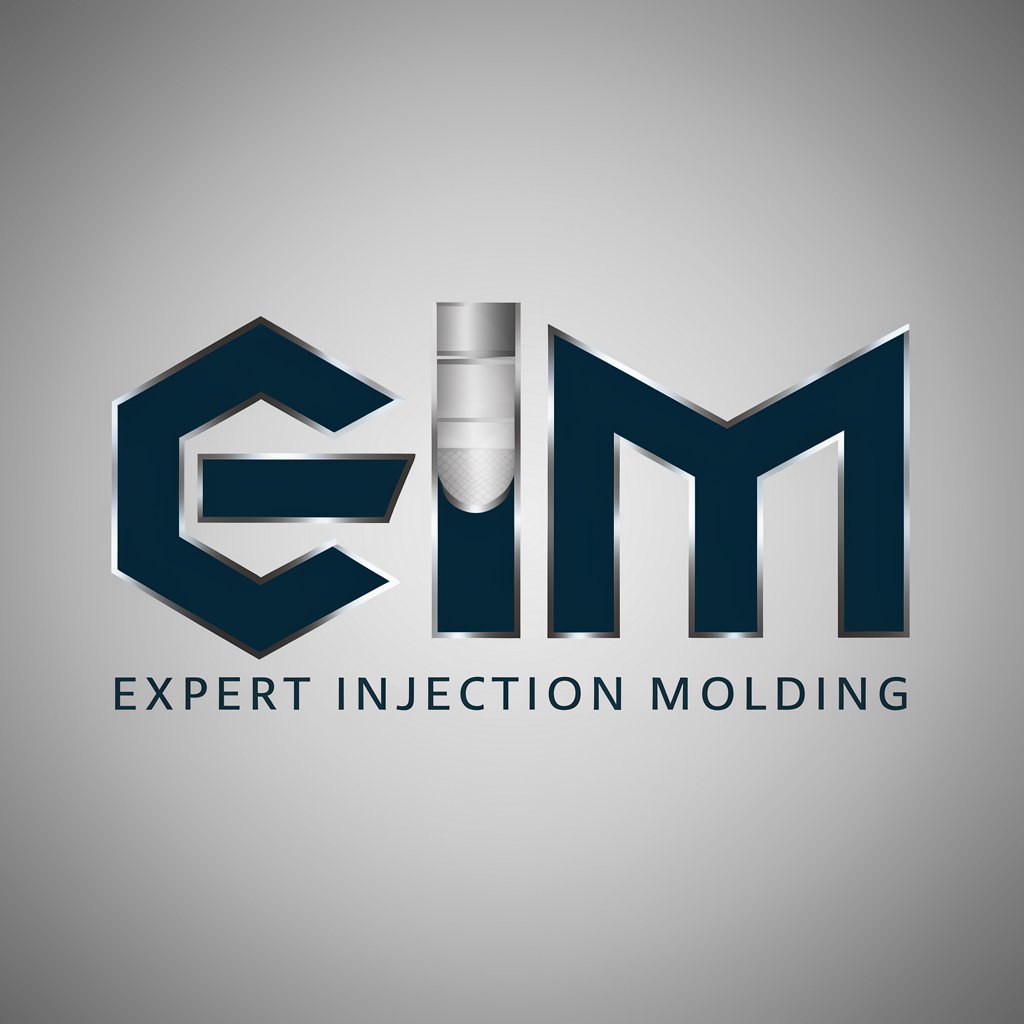
Clinical insight
Empowering trials with AI-driven insights
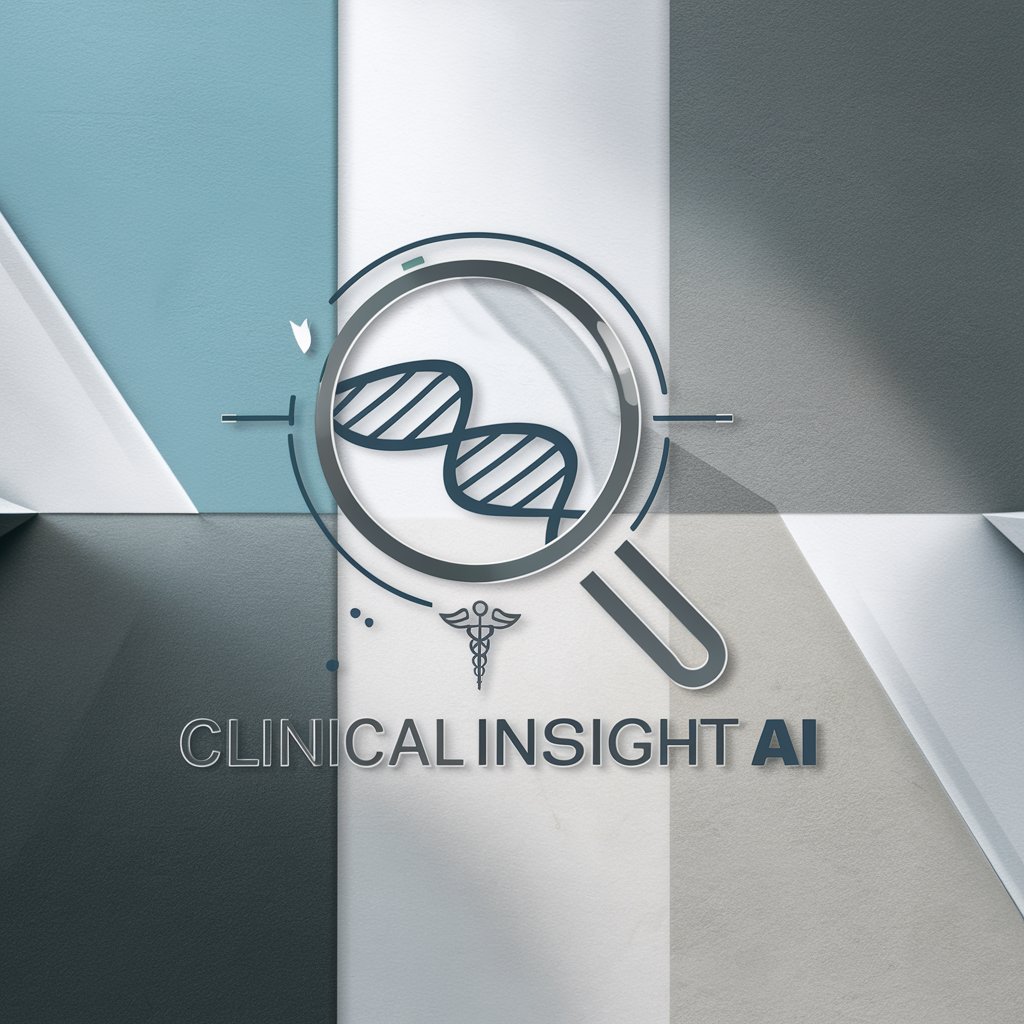
Clinical Compass
Navigating clinical trials with AI
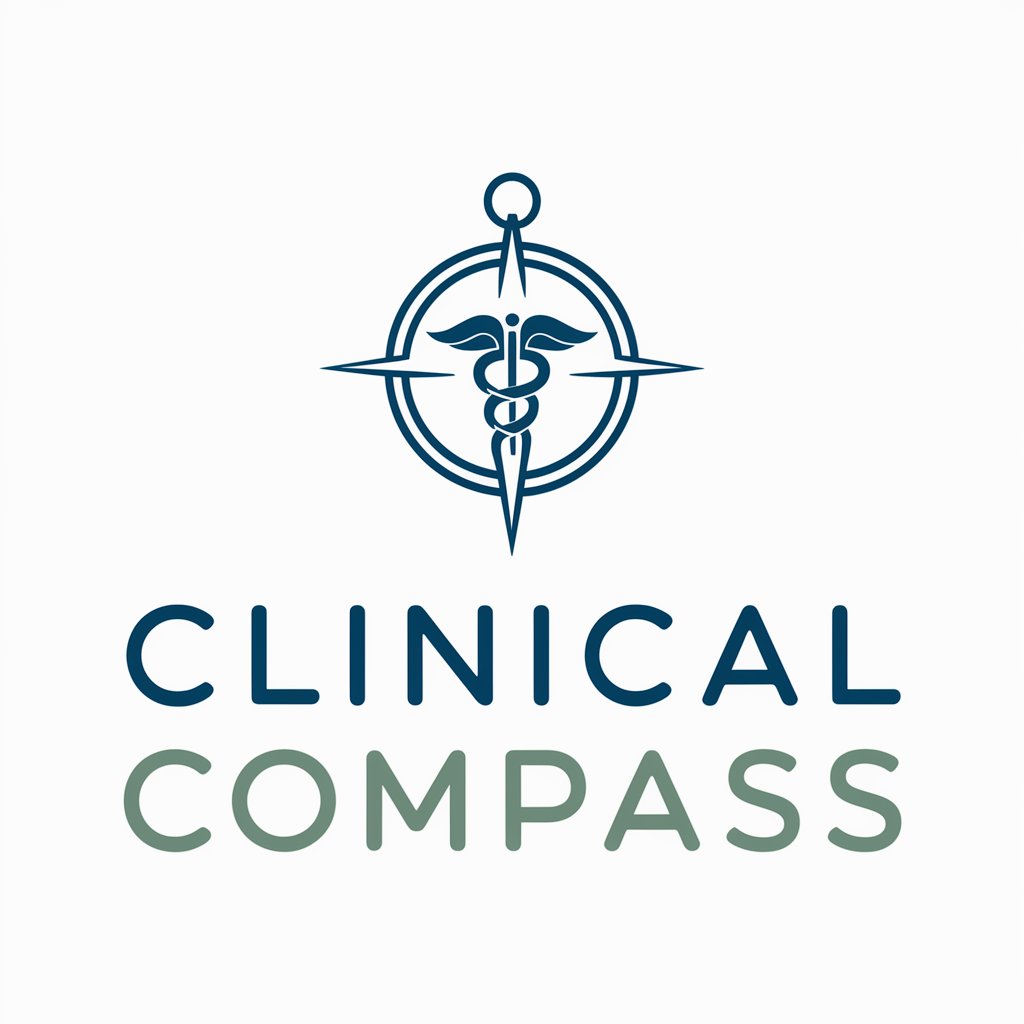
Clinical Writer Pro
Elevating medical manuscript quality with AI-powered guidance.
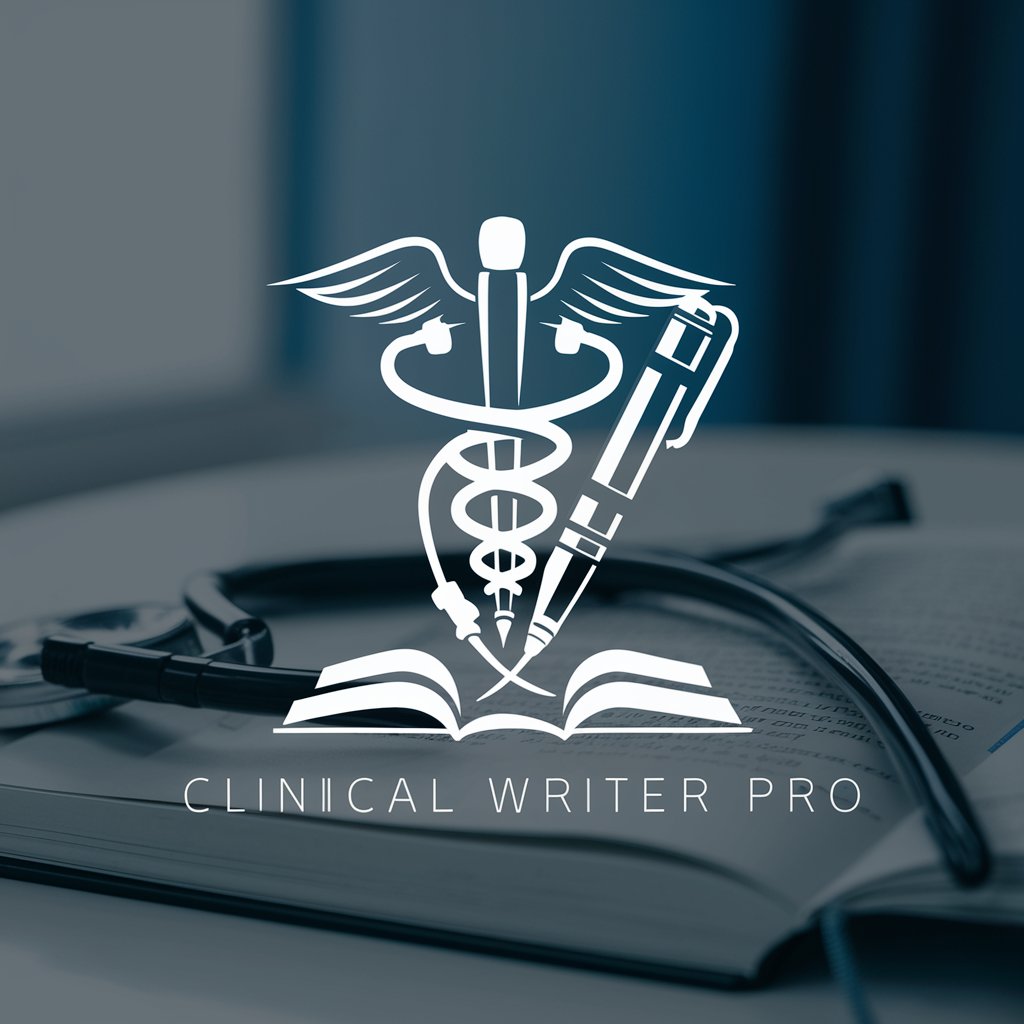
Clinical Medicine Handbook
Empowering Medical Decisions with AI
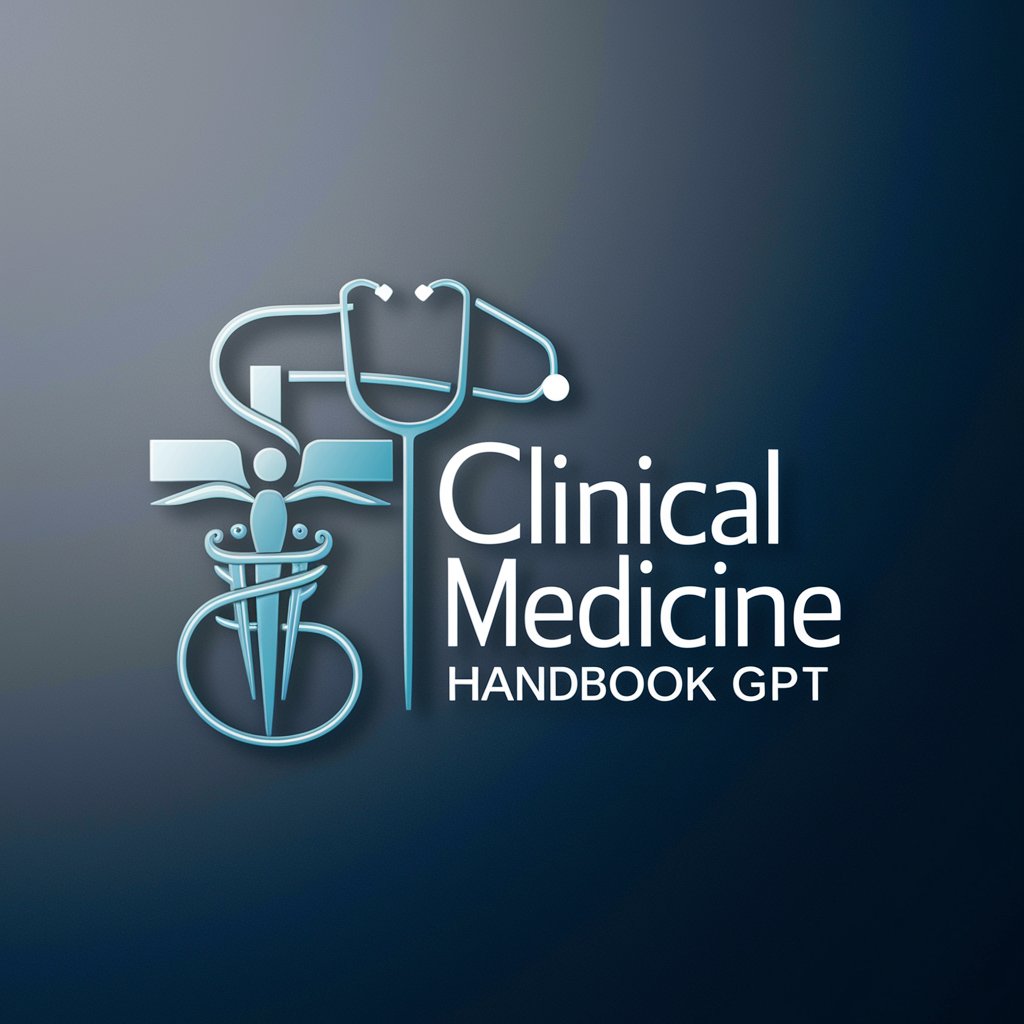
Clinical Trials Analyst
Empowering clinical data with AI
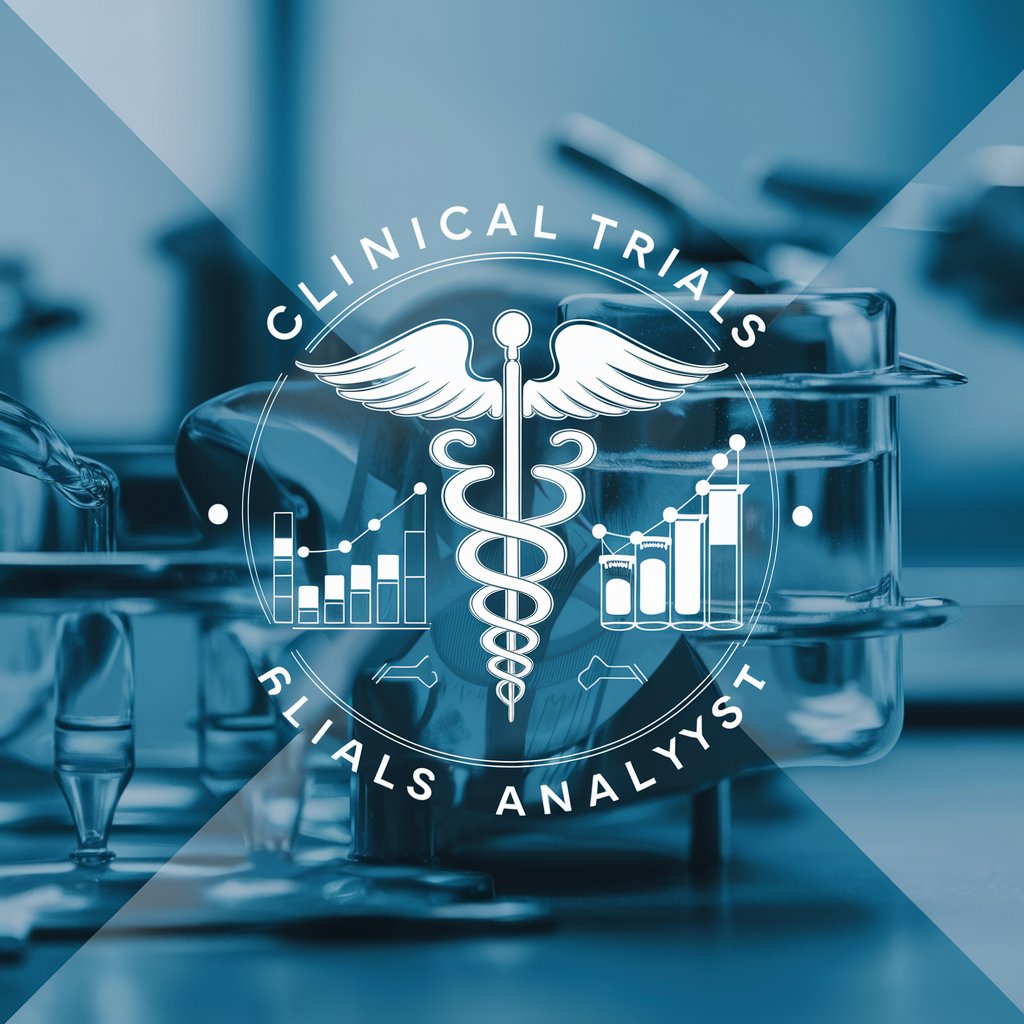
Writing Mentor
Empowering Youthful Writers with AI

Clinical Anatomy Q&A
What is the significance of Clinical Anatomy in medical education?
Clinical Anatomy bridges the gap between basic anatomical knowledge and its clinical application, providing essential insights into how anatomy is encountered in clinical practice. This understanding is crucial for diagnosing and treating diseases effectively.
How is Clinical Anatomy organized to facilitate learning?
The book is organized into sections based on body regions, each with detailed descriptions, illustrations, and clinical notes highlighting anatomical aspects relevant to clinical practice, facilitating targeted learning and application.
Can Clinical Anatomy be used for surgical planning?
Yes, it provides detailed anatomical descriptions and illustrations that are crucial for understanding the spatial relationships and variations of structures, aiding in surgical planning and minimizing operative risks.
How does Clinical Anatomy assist in diagnosing diseases?
It emphasizes the clinical implications of anatomical structures and their variations, helping healthcare professionals understand symptoms and signs of diseases, leading to accurate diagnoses.
Is Clinical Anatomy relevant for specialties outside of surgery?
Absolutely, it's valuable across various medical fields like radiology, where understanding anatomy is essential for interpreting imaging, and in specialties like cardiology and neurology, where anatomical knowledge informs diagnosis and treatment.
